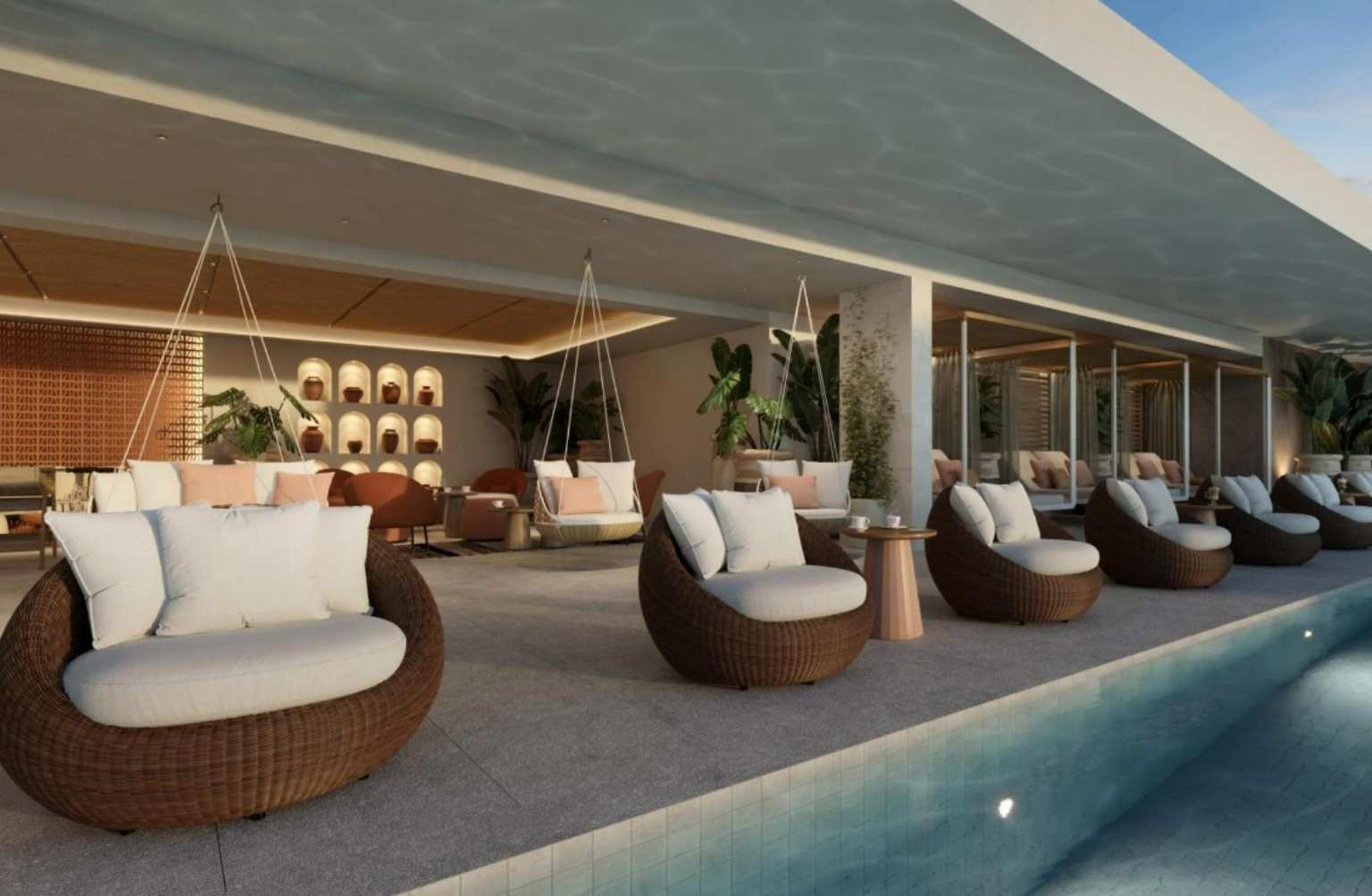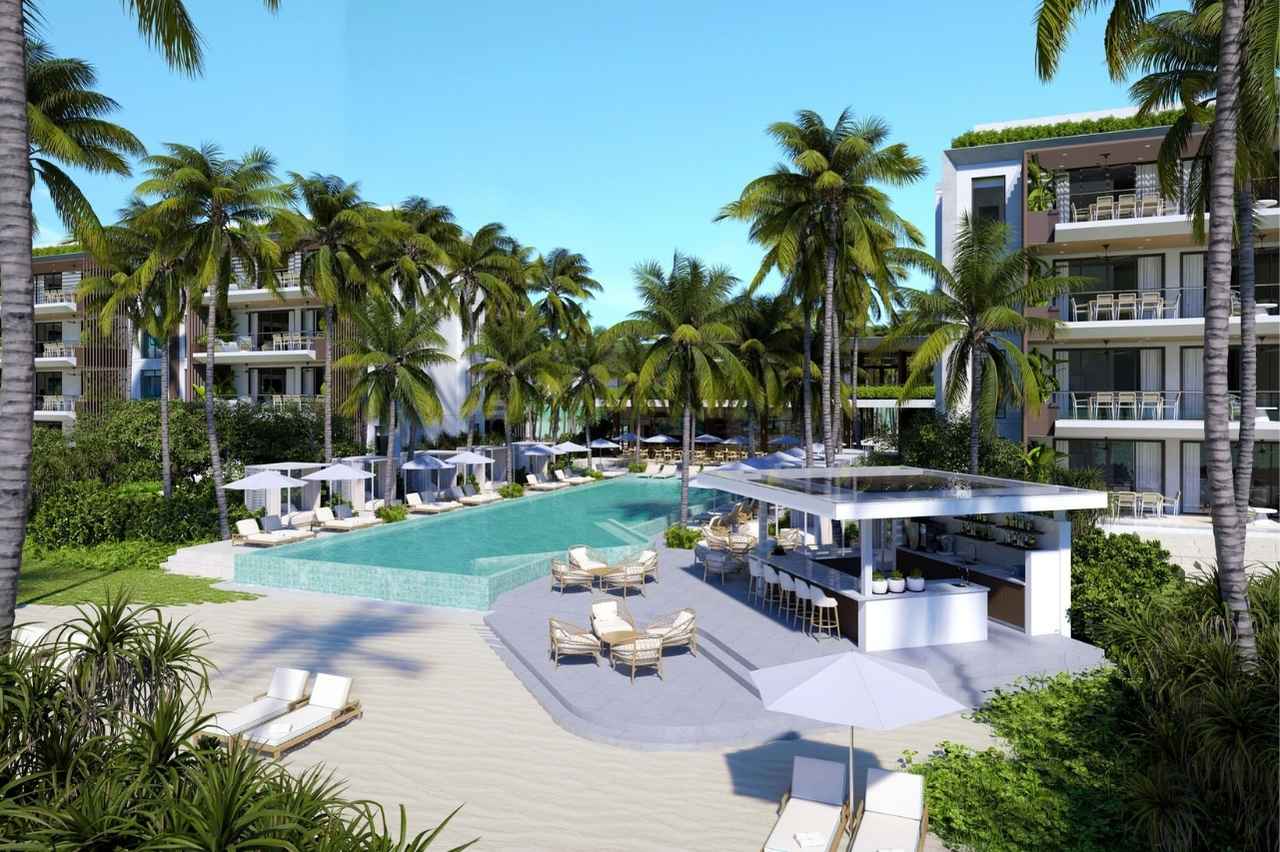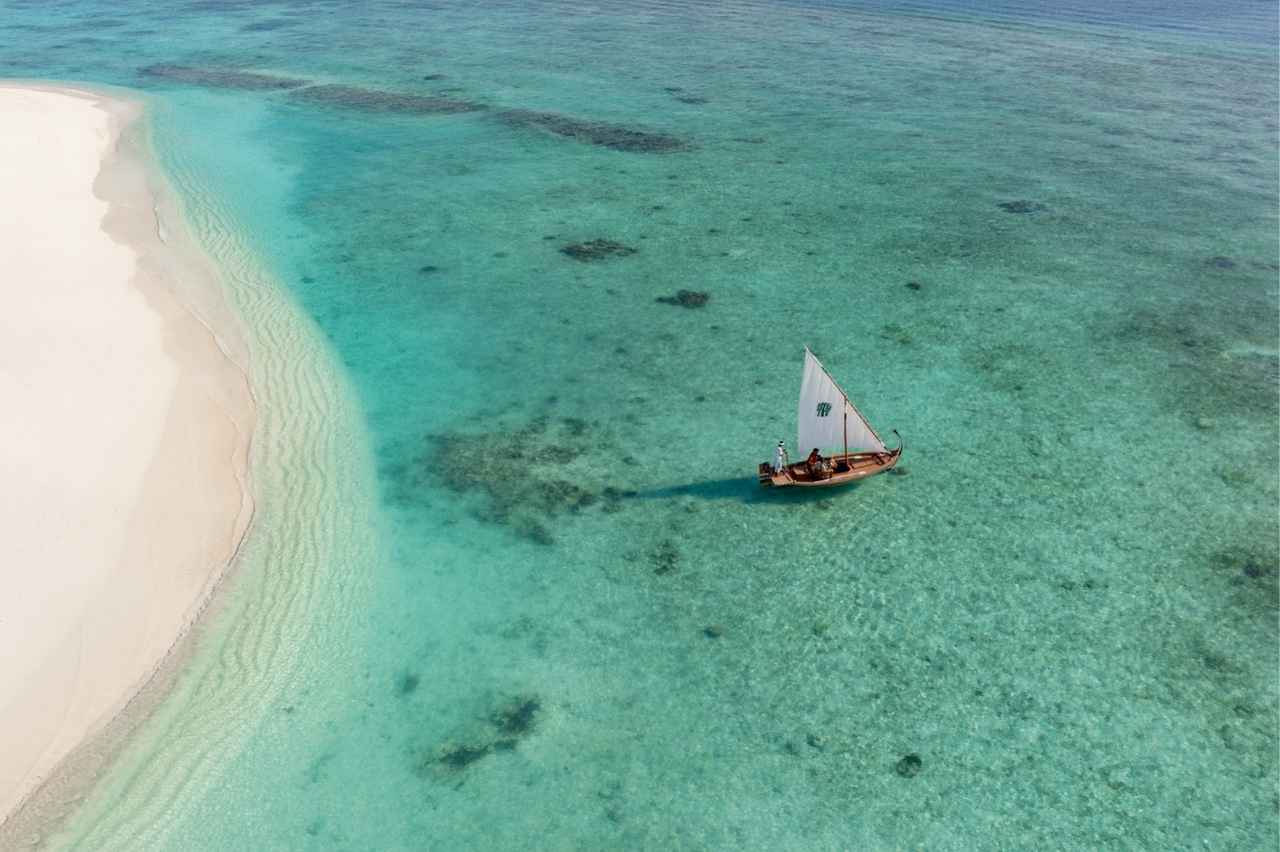The long-awaited Barceló Nasandhura Malé is set to open its doors this month, adding a new dimension to the hospitality scene in the Maldives. Located on the iconic site of the former Nasandhura Palace Hotel in Malé city, this new five-star property is ready to elevate the experience for both tourists and business travelers. The hotel initially scheduled its opening for 1st December, but final touches delayed the launch by a few weeks. Still, excitement builds as the hotel prepares to welcome its first guests in just two to three weeks.
This grand opening follows a $90 million investment, led by the Barceló Hotel Group. The Spanish chain has built a strong reputation for its luxury properties across Europe, the UAE, and Thailand. Barceló Nasandhura Malé features 126 beautifully designed rooms and 118 serviced apartments. The hotel will become the largest in the Male’ area, offering both short-term stays and serviced apartments, which were initially meant for residential use but are now available for daily stays.
A Blend of Luxury and City Life
Barceló Nasandhura Malé blends luxury with the vibrant energy of the city. The hotel offers stunning views of both Malé and the surrounding ocean. It provides various accommodation options, from Superior Ocean View rooms to spacious three-bedroom apartments and an exclusive 260-square-meter Penthouse. Each room is designed with attention to detail, offering a peaceful retreat in the heart of the capital.
The hotel’s wellness and culinary offerings will impress. Guests can unwind at the spa, which features six luxurious treatment rooms, or relax in the oceanfront pool. Three restaurants and two bars are on-site, including the breathtaking BHeaven terrace. Guests can enjoy light dishes, Chinese-inspired cuisine, and panoramic views of the city.
A New Era of Hospitality in Malé
Barceló Nasandhura Malé also caters to business travelers. The hotel’s MICE facilities include more than 1,000 square meters of event space. It offers two ballrooms and multiple meeting rooms, making it an ideal choice for corporate events, conferences, and large gatherings.
The leadership team plays a crucial role in the success of Barceló Nasandhura Malé, bringing a wealth of expertise to ensure the hotel’s growth and prominence in the Maldivian hospitality scene. Enric Reina Canitrot, the newly appointed Deputy General Manager, is committed to positioning the hotel as Malé’s premier luxury destination. Jenna Gangmei, Cluster Director of Sales and Marketing, will lead strategic campaigns and build key relationships to increase the hotel’s visibility and appeal. Tomy Sugeng, Cluster Director of Finance, brings over 30 years of financial experience and will focus on driving sustainable growth. Mohamed Sunah, Cluster Director of Human Resources, is dedicated to nurturing a positive work environment and fostering exceptional service standards. Additionally, David Fernández Fanego, Area Manager Asia Pacific, oversees regional operations, playing an essential role in the hotel’s successful launch and long-term success.
As the grand opening nears, Barceló Nasandhura Malé will become a standout destination for both luxury travelers and business guests. With its prime location, world-class amenities, and exceptional leadership team, the hotel is ready to make a significant impact on Malé’s hospitality scene.








